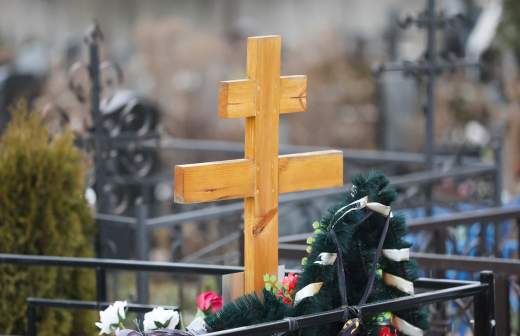April 29 — Radonitsa: what not to do, how to commemorate the dead
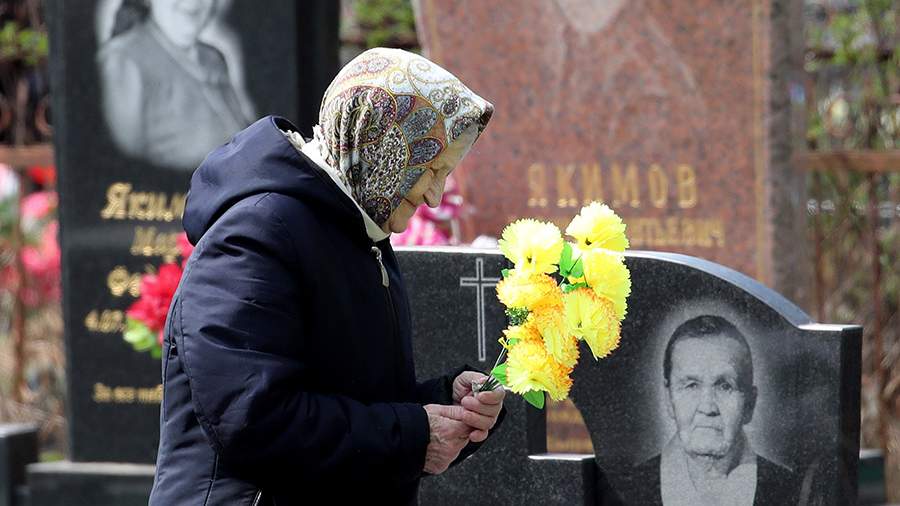
On the Tuesday after Easter Week, in the Orthodox calendar, there is a special day of church—wide commemoration of the dead - Radonitsa. On this day, believers visit the graves of deceased relatives, and regular memorial services are resumed in churches, suspended during Great Lent and Holy Week. Read about the history and traditions of this holiday in the Izvestia article.
What is the date of Radonitsa in 2025
Traditionally, during Great Lent, memorial services are postponed to special days — Parental Saturdays. On Easter and the days of the Bright Week following it, memorial services are not served at all. According to church regulations, the commemoration of the dead is allowed on the first weekday, when it is possible to celebrate the full liturgy. Such a day is considered to be the Tuesday after the Bright Week, or the ninth day after Easter. It is on him that Radonitsa falls. In 2025, believers will celebrate it on April 29.
Special days of commemoration of the dead existed in Russia long before the adoption of Christianity. They often fell on the periods of the solstices and equinoxes, since, according to ancient Slavic beliefs, on such days the line between the worlds of the living and the dead thinned. Some memorial rituals were tied to the agrarian calendar. People turned to their deceased ancestors for help in field work, and also cajoled them so that they would not ruin their crops, offended by the neglect of their descendants.
With the advent of Christianity in Russia, some pagan customs were forgotten, while others acquired a new meaning and transformed into church celebrations. This also happened with Radonitsa — the spring tradition of appeasing the dead before the start of field work has become a special day of commemoration of the deceased.
The meaning of the holiday is reflected in its name — Radonitsa comes from the word "joy". From a liturgical point of view, this is a day when the living can share the bright feelings of Easter with deceased relatives and loved ones. Remembering the Resurrection of the Lord, the church calls on believers not to be sad about the separation from their loved ones, but to rejoice at their birth in eternal life.
Radonitsa on April 29 — traditions of commemoration of the dead
The main element of the celebration of Radonitsa is the prayerful commemoration of the dead, therefore, believers should attend a service in the temple on the holiday. On the evening before the celebration, you can submit notes with the names of relatives who need to be mentioned during the service.
After the liturgy and memorial service, many go to the cemetery to put the graves in order and remember the dead. There is a tradition to leave "treats" for the dead next to the monuments: colored eggs, sweets, bread, etc. However, the clergy warn that such actions run counter to Orthodox principles and are a direct continuation of pagan customs.
When visiting a relative's grave, a prayer should be read for the repose of his soul. You can also invite a priest to serve a memorial service. From the point of view of Orthodoxy, prayer is the best thing that the living can give to the dead, since after death a person loses the ability to cleanse himself of sins on his own. Those who remember him can do this for him through prayer, donations, and doing good deeds.
Radonitsa in 2025 — what can and cannot be done
On Radonitsa, it is customary to remember all deceased relatives and close people. However, even on a special memorial day, the church does not pray for suicides, unbaptized and representatives of other faiths. Candles should not be placed for them, and their names are not mentioned during the service. It is allowed to read prayers for such people only at home.
On this holiday, the commemoration of the dead is performed not only in temples, but also in cemeteries. At the same time, food should not be left on graves, as well as memorial feasts should be held near burial sites, as this is considered a violation of Orthodox tradition. It is better to give colored eggs, cakes and other treats to those in need or take them to the temple.
Memorial meals are allowed to be held at home, but they should not be too noisy. During the meal, you can share memories of the deceased, talk about his good qualities and kind deeds. You should not drink alcohol at the same time, since the Orthodox Church does not commemorate the deceased with alcoholic beverages.
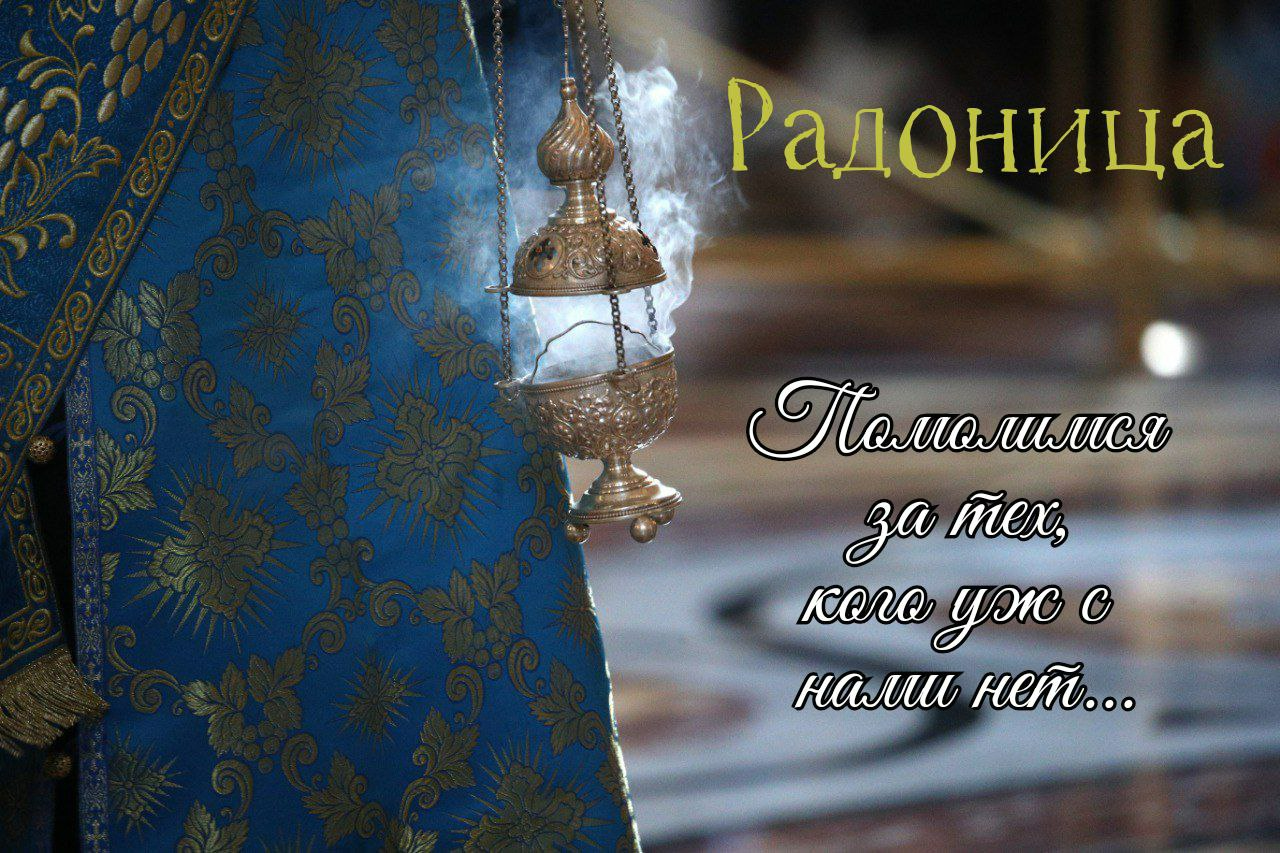
There is an opinion that one should not do household chores on Radonitsa, as well as work in the garden, so as not to "disturb the earth." In turn, the clergy note that it is possible to do this, as long as the spiritual meaning of the celebration does not fade into the background.
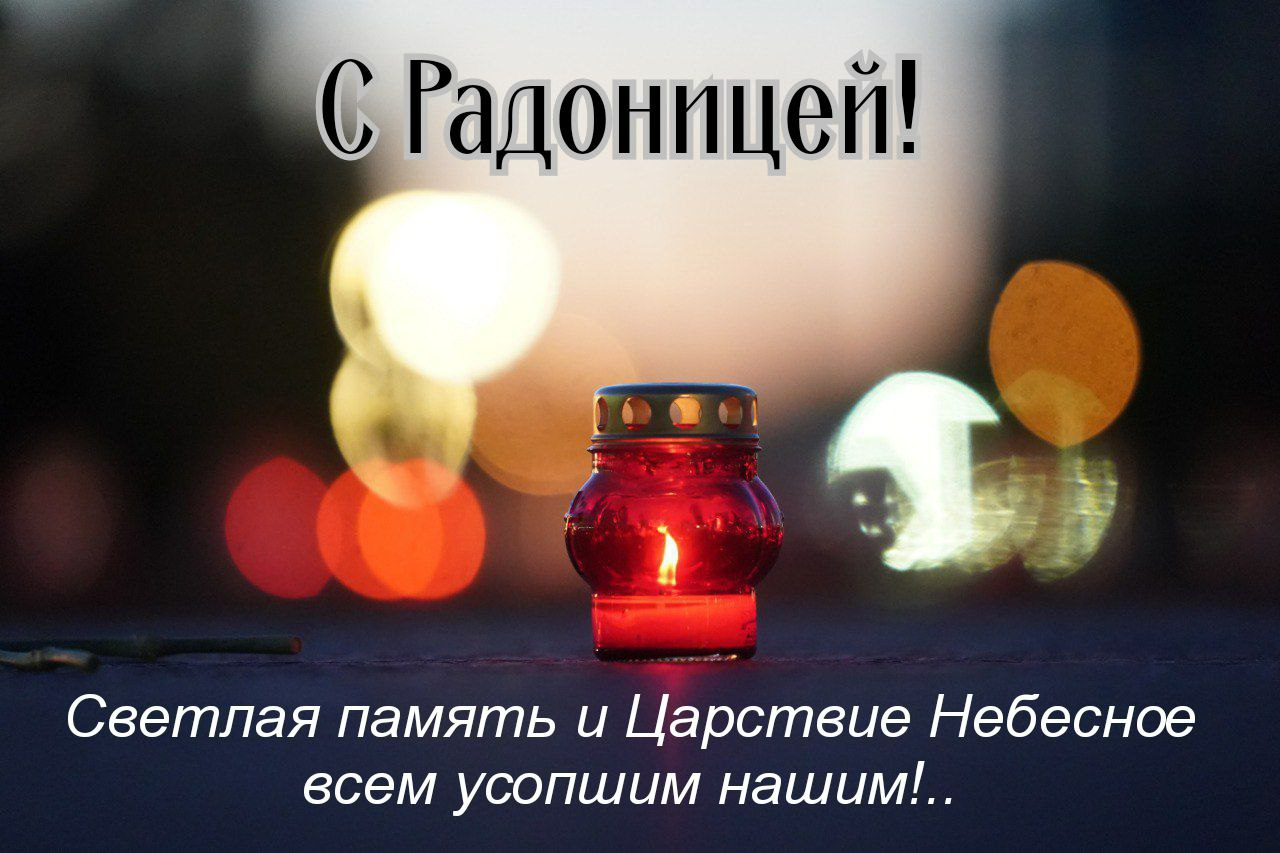
Also, on Radonitsa, churches do not hold a wedding ceremony, but this is not related to the commemoration of the dead. The fact is that, according to the church charter, on Tuesday, on the eve of Lenten day (Wednesday), this sacrament is not performed. Nevertheless, there is no ban on entering into a civil marriage at the registry office on this day.
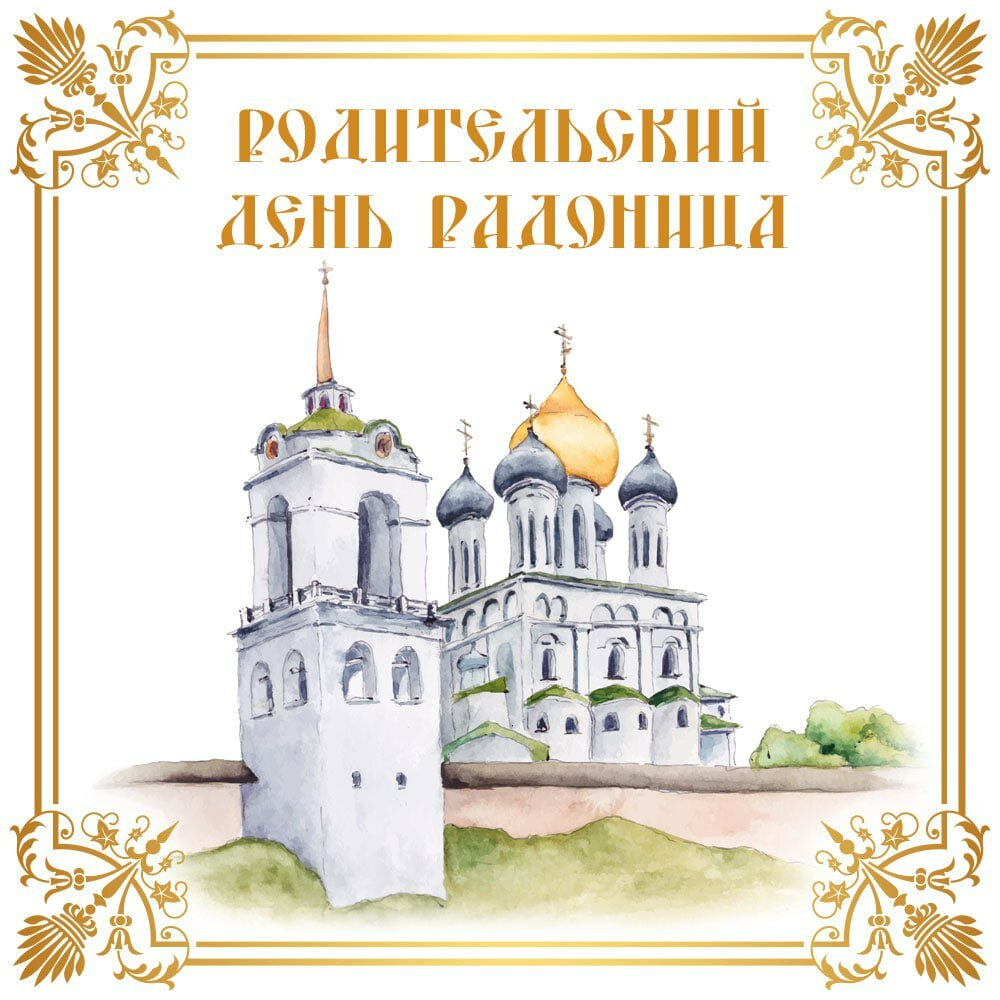
Переведено сервисом «Яндекс Переводчик»
